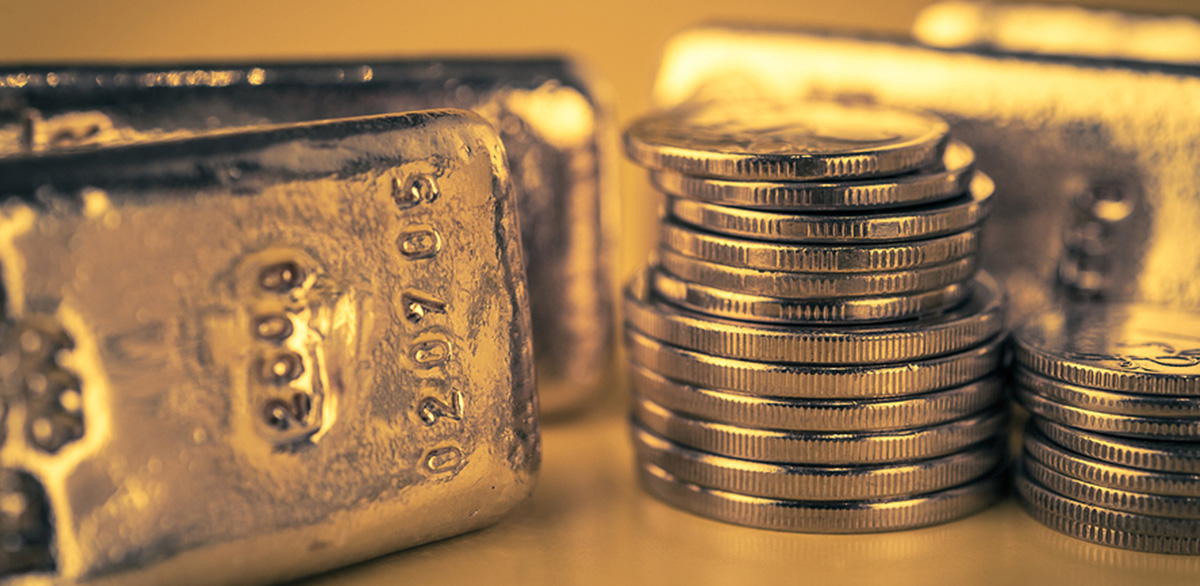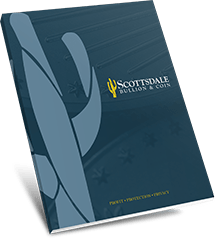
Most Common Terms Related to Gold, Silver, and Platinum Investing
Ask
The “ask price” is the price a precious metals dealer has set for a bar or coin, also known as the selling price.
Bid
The “bid” is how much a dealer is willing to pay to purchase or buy back a coin or bar; the buyback price for a precious metals product.
Coin Grading
Coin specialists use a grading system, called the Sheldon Scale, to assign a numeric value to coins based on their condition. Grades range from Poor (P-1) to Perfect Mint State (MS-70).
Coins are graded based on:
- Luster
- Strike
- Attractiveness
- Color
- Preservation
Three categories for coins exist on the scale:
- Circulated (P-1 through EF-40)
- About Uncirculated (AU-50 through AU-58)
- Mint State or MS (MS-60 through MS-70)
Learn more by reading our Introduction to Coin Grading.
Markup
The “markup” is the amount a dealer adds to the cost of a coin or bar to cover overhead and make a profit.

Everything you need to know to get started in Precious Metals
Learn how precious metals can strengthen your portfolio, protect your assets and leverage inflation.
Request the Free GuideMelt Value
The “melt value” is the value of the precious metal that could be extracted from a coin if it were to be melted down. For example, if you had a coin containing one ounce of silver and the silver spot price was $20, then the melt value of that coin would be $20.
Premium
The “premium” is calculated by adding the melt value of the precious metal plus the cost of fabricating it into a coin, distributing that coin, and the precious metal dealer’s fee. A premium of 5 percent to 15 percent above the spot price of the precious metal is typically added to bullion coins. The premium on rare coins can be higher and is based on multiple factors, such as condition, demand, and scarcity.
Suggested Reading: Premiums on Precious Metals Explained
Spot Price
The “spot price” is the price a precious metal is sold or bought for in the market for immediate payment and delivery. In the U.S., the spot price of gold is usually based on the London over-the-counter market (OTC) traded on the COMEX exchange.
Spread
The “spread” is the difference between a precious metal dealer’s selling price and buying price for a gold or silver coin at the same time on the same day. If a dealer buys silver at $18 an ounce and sells it at $20 an ounce, the difference is called the spread.
Obverse
Typically featuring an image of a person, or “head,” the “obverse” is considered the front of the coin.
Reverse
Often representing the coat of arms or insignia of a nation, the “reverse” is known as the “tails” side or back of the coin.
